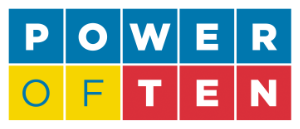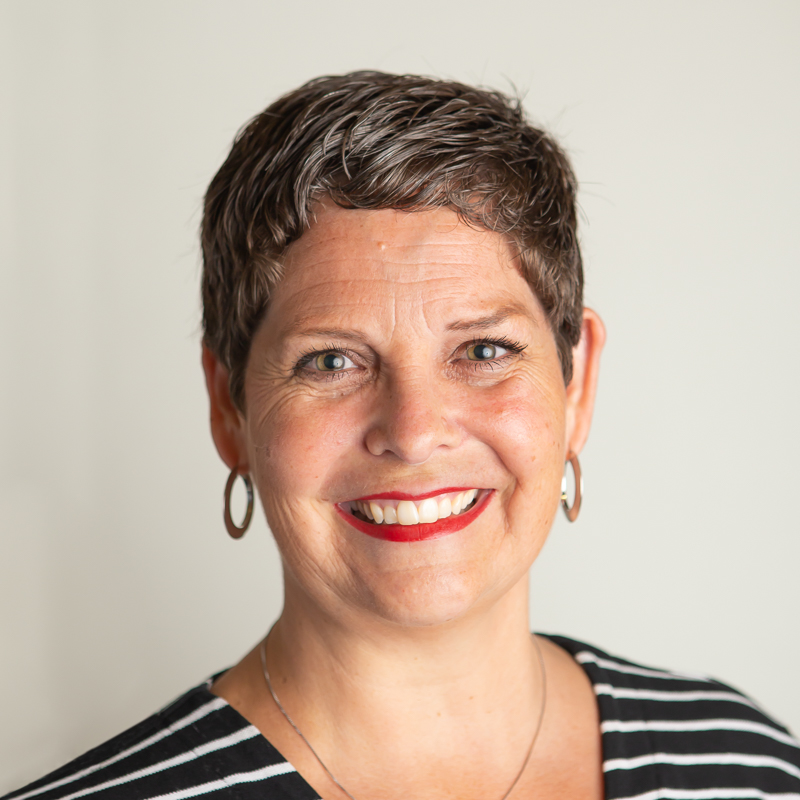About Power of Ten
Meet the Owner
Anita was introduced to Power of Ten early in her teaching career. The philosophy, activities and approach resonated strongly and in 2009, Anita further trained with Trevor Calkins and became a Power of Ten Consultant.
She has been supporting teachers improving their practices and spiraling their math curriculum by sharing the philosophy of teaching the entire math curriculum monthly. In August 2018, she bought the company from Trevor when he retired. Anita is passionate about sharing the Power of Ten approach for mathematics instruction.
Anita prepares and delivers math workshops in English or French, supporting teachers, administrators, home educators and parents in their quest for improved mathematics instruction. Anita has presented workshops to teachers in British Columbia, Alberta, Ontario, Nova Scotia, New Brunswick, and New York State.
She has a Bachelor of Education Degree from Université de Moncton and a Diploma in Advanced Undergraduate Studies with majors in Numeracy and Literacy from UNB.
About the Company
Power of Ten Educational Consulting Ltd. is a proudly Canadian company, developed in Victoria, BC. The cards are printed in Camrose, AB. The business is operated out of Ottawa, ON.
Power of Ten offers on-going support in the form of workshops, in-class demonstrations, virtual support sessions, newsletters, as well as phone and email. Support is offered in English and French.
Since Power of Ten is a visual approach to mathematics instruction and learning, the cards are language neutral and can be utilized in classrooms worldwide. Activities are readily adaptable to non-French or non-English language instruction.
Meet the Founder
Trevor Calkins, creator and author of Power of Ten, has spent his adult life studying how children develop numeracy. As teacher and administrator, he thoughtfully observed children struggling with numeracy skills, who “just can’t do math”. Equally, teachers expressed frustration about their inability to “get through to the kids”.
After years of observation, questioning, and studying, Trevor concluded that many of the old methods of teaching numeracy and mathematics were not working; new approaches were required.
Combining his experience with formal study of current brain research, Trevor has developed a system which guides teachers and give students a fresh and exciting way to develop numeracy skills.
Our Philosophy:
Empower Yourself + Your Students
With the Power of Ten, you can empower yourself and your students to learn math in a practical and fun way. Learn more about this exciting method by contacting Anita Horsman today.



